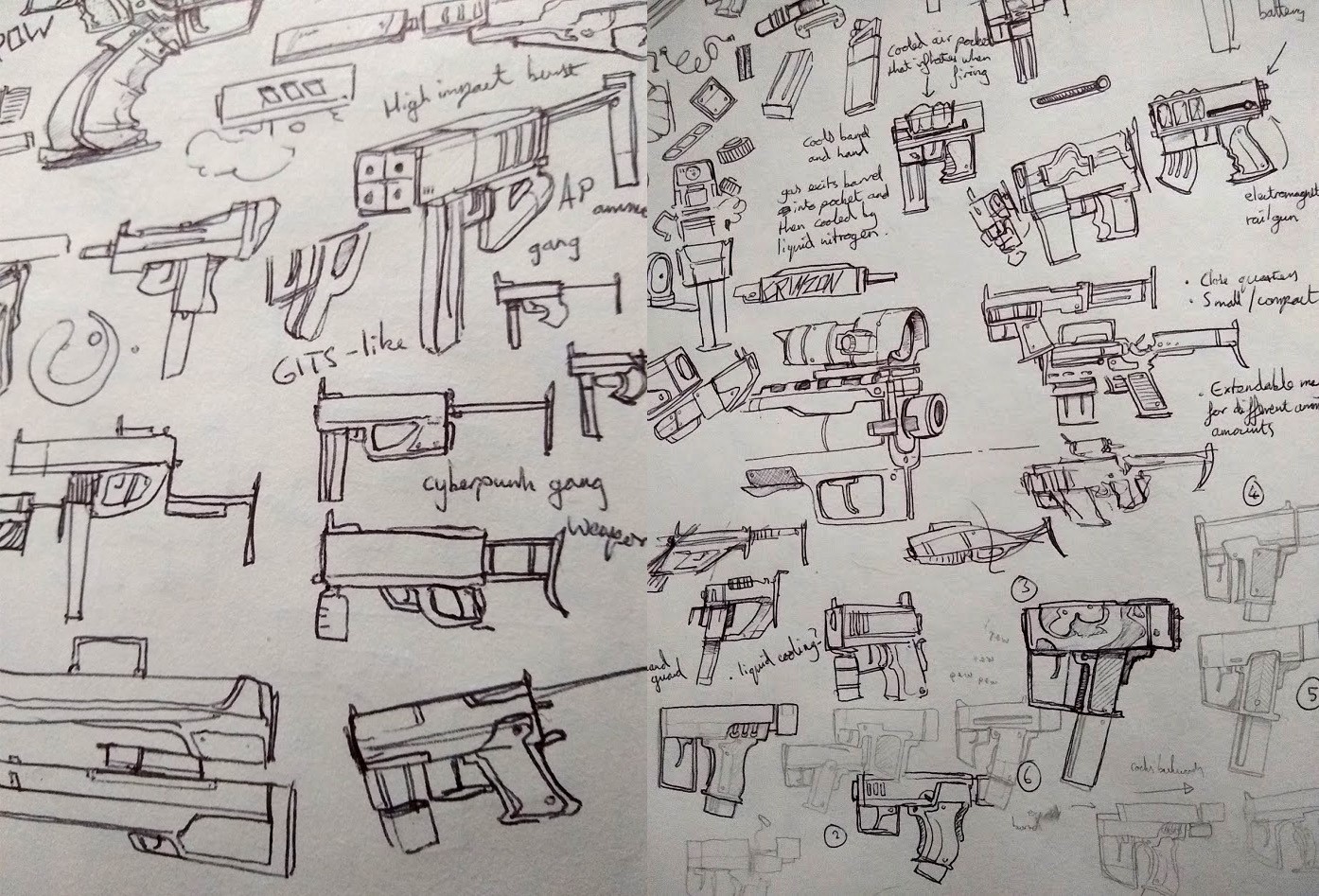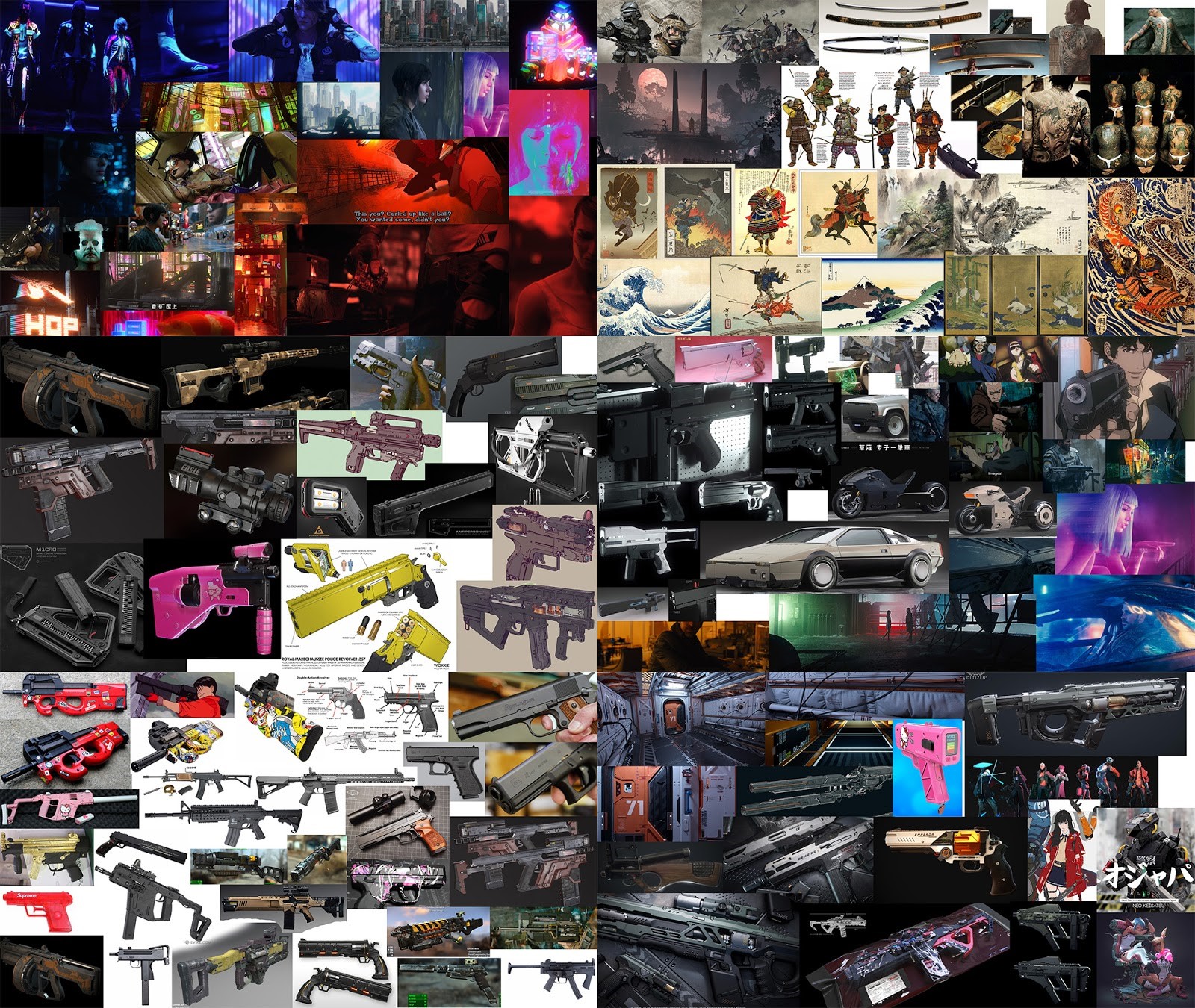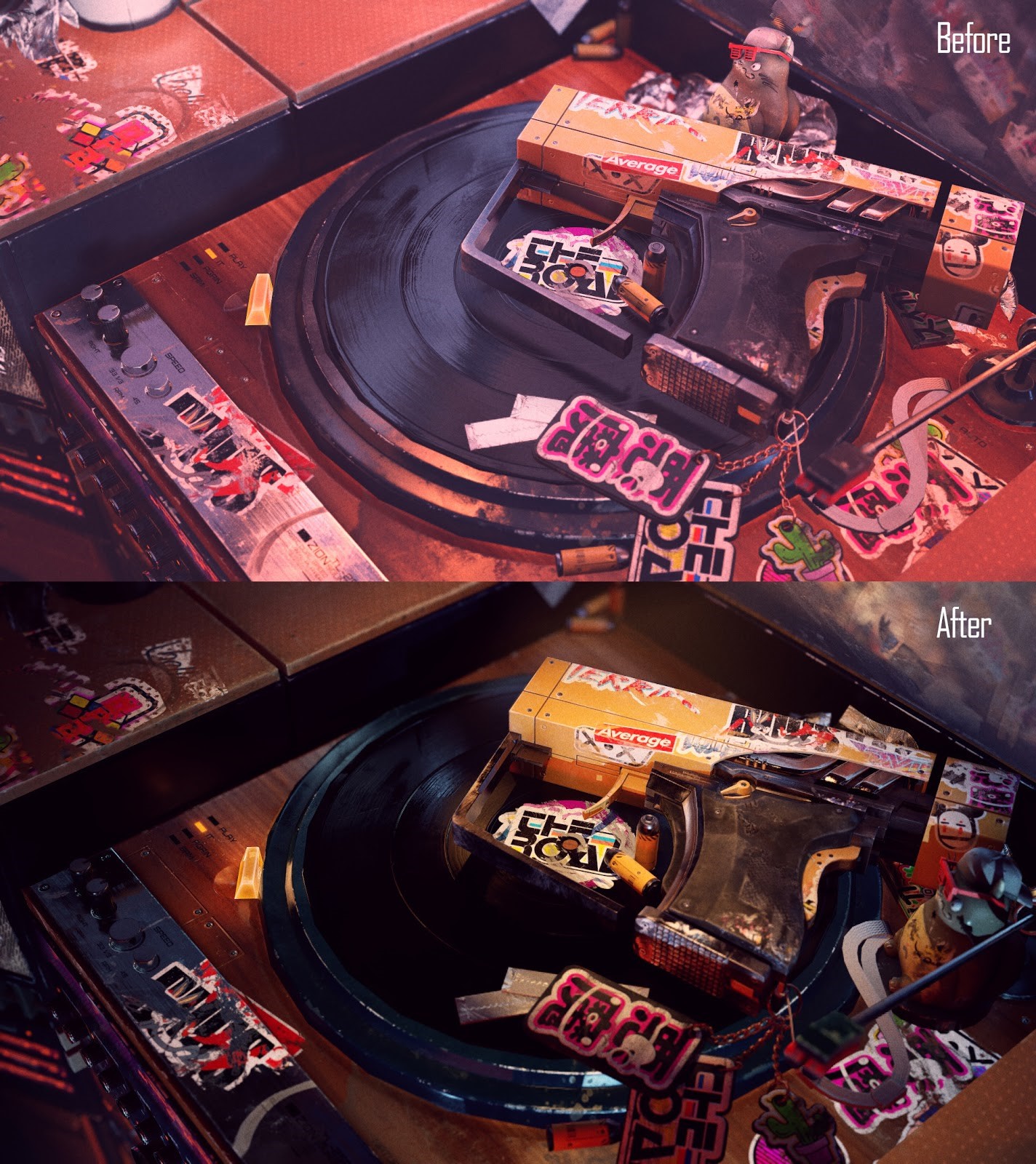 Carros
Carros
 Caminhões
Caminhões
 Autocarros
Autocarros
 Motociclos
Motociclos
 Militar
Militar
 Eletrônicos
Eletrônicos
 Armas
Armas
 Edifícios
Edifícios
 Aeronaves
Aeronaves
 Móveis
Móveis
 Personagens
Personagens
 Animais
Animais
 Nave Espacial
Nave Espacial
 Alimentação
Alimentação
 Navios
Navios
mais
Hi everyone! We continue a series of short interviews with the best artists from Hum3D competitions.
Marcus Johnston, the author of work “The Terrier”, which got special prize “the best work made with using Marmoset”, will answer on six questions and give us a look behind the scenes of his work.
– Tell us a little bit about yourself. How did you become a 3D artist?
I come from a sleepy little village in North Yorkshire and started out with 3D back when I studied animation in University, they kind of glossed over much of it but I decided I liked it, worked on project after project and here we are! I love to cook, bake, play D&D with mates, and am hopelessly addicted to hummus.
– What’s your favorite aspect of creating 3D art? Is there something you specialize in and enjoy the most?
At the start of a project there are so many thoughts, doubts and ideas going round my head about how it’s going to turn out, there’s a point where it suddenly clicks and you think ‘Yeah it’s gonna turn out alright’, that’s a great feeling about 3D, or I guess any creative pursuit.
Bar that I’m really into my textures, going out with my camera and grabbing some interesting shots and materials, I’ll jump into Substance Designer and see what I can whip up, it’s a really intimidating program to begin with but it really is my tool of choice, it has that great balance of experimentation and logic that I really get lost in. Anything I can just sit down and really get my teeth stuck into is my thing, I don’t like jumping around different software too much as it just spoils my flow.
– What or who inspires you today?
I love photography and getting outdoors, having little hiking adventures can be a great inspiration when you’re surrounded by nature. Artstation, of course, has all the inspiration and more than you could ever hope for. I follow a myriad of different artists but the ones I’m always fascinated by are Ash Thorp, C.a.Chou, Paul Chadeisson, Maciej Kuciara, Ian McQue; Florian Aupetit does a great job of compiling a lot of general inspiration from many different aspects of culture, history, and art. Whenever I see some art or an image I like I just whack it in my inspiration folder.
– Please tell us your five short tips for creating realistic renders?
I’m not too well versed in ‘realistic’ renders, I mostly use real-time stuff and you can only do so much with them, but I’ll try to explain what I do with renders so they don’t look wonk.
– Lighting needs to showcase your work with good contrast and focus on the most important aspects of your scene. Don’t just rely on three-point lighting which everyone harps on about. Yes, it’s fantastic and great for showcasing, but it’s also a very fake scenario. Experiment, there’s never really anything ‘wrong’ in lighting so don’t be afraid to do weird stuff.
– Post processing should be subtle, often times a single effect might not be noticeable but multiply it on top of everything else and you lift your images. I always like to put a little bit of grain on, those imperfections similar to the real world are important.
– Make sure the scale of all your objects make sense, in real-world scale values and in relation to each other, you can push this a little bit for a nicer composition which is far more important, but as a base make them accurate, especially if you’re working with stuff like Subsurface Scattering which utilizes real-world values.
– Composition. Stuff should look right. I wish I could really elaborate a bit more on that but there are so many aspects of composition that come into play, research real life, observe, get feedback from ‘normal’ people because often they won’t see your work in terms of art they’ll just see it from a real-world view, and so if something looks off, it looks off. End of.
– Respect your noise levels. Colour, roughness, light, contrast, detail, noise can come in many forms and while sometimes the real world can be overwhelming, you need to control it in your work otherwise your objects in your scene won’t read well and it’ll break the suspension of disbelief.
– Could you please show us any images from the work process with a short description.

Near the beginning of a project I just like to explore loads of different things, I’ll do a quick thumbnail, mostly just focussing on the shape and writing down and notes that spring to mind. I’m not a concept artist so this is something I’m not fabulous at.

I like the references. So I get a lot of them. Even if you never come back to a certain image you find you always end up learning and adding to your visual library.

These two images were about a week apart. After getting a bunch of feedback from some very helpful artists I finally settled on something good in regards to lighting and post process, looking at the before and after it’s like night and day.
– Which of your designs are you most proud of and why?
While I was designing the center console with all the knobs and switches, it was something in the project that came together really easy, no fuss just organically evolved, the thing is it’s barely even visible in the contest entry! I feel like as much as possible you want to capture that mood and for god’s sake have fun with it. So even if that means doing something unnecessary and over the top, just do it. You go for it girlfriend, you deserve it.
Designing all the pop culture mashup stickers was great fun too, and just going wild with slapping them everywhere and giving the excuse that my character’s just hopelessly obsessed with them. I didn’t really have an idea for who the owner of the gun was gonna be, through the project she just evolved and that was great seeing her brought to life.
Add a comment